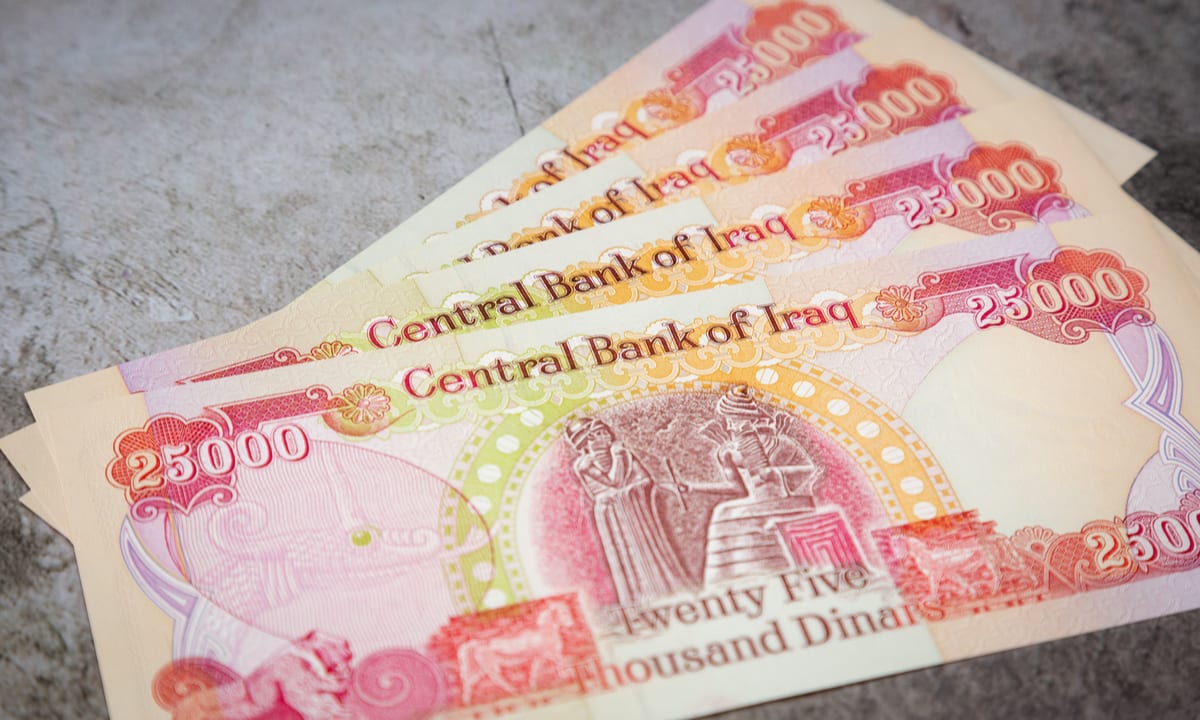Iraqi dinar is the currency of Iraq

The Iraqi dinar is the official currency of Iraq, and it consists of sub-units called fils, where one dinar is equivalent to 1000 fils, and the Iraqi dinar was adopted on April 1, 1932 AD to replace the Indian rupee, and it was pegged to the British pound sterling.
In 1947 the Central Bank of Iraq was established to become the main regulatory body that controls the circulation and inflation of the Iraqi dinar, and in 1949 the value of the pound sterling was devalued by the United Kingdom, which led to the Central Bank of Iraq’s shift towards using the US dollar as a fixed currency, and caused the dollar to depreciate. In the
seventies of the twentieth century, the US dollar led to the rise in the value of the Iraqi dinar, where one dollar was equivalent to 3.21 Iraqi dinars.
The collapse of the Iraqi dinar
The government issued a new currency, and the new currency was protected against counterfeiting, and the old dinar was replaced with new dinar notes on the basis that each new dinar equaled one of the old dinars, and this new currency was evaluated at a price specified by the International Monetary Fund, and the Iraqi dinar continued to be linked in US dollars .
History of the financial sector in Iraq
All banks and insurance companies in Iraq were nationalized in 1964, and the Central Bank
of Iraq, which was established in 1947, had the sole right to issue the Iraqi dinar.
Al-Rafidain Bank is the oldest commercial bank in Iraq. It was established in 1941 AD, and in 1988 AD another bank was established called Rashid Bank. There are also three state-owned banks in Iraq, namely; The Agricultural Cooperative Bank, the Industrial Bank, and the Real Estate Bank. In 1991, private banks were allowed to operate in the country, but under the supervision of the Central Bank. In 1992, the Baghdad Stock Exchange was opened.
